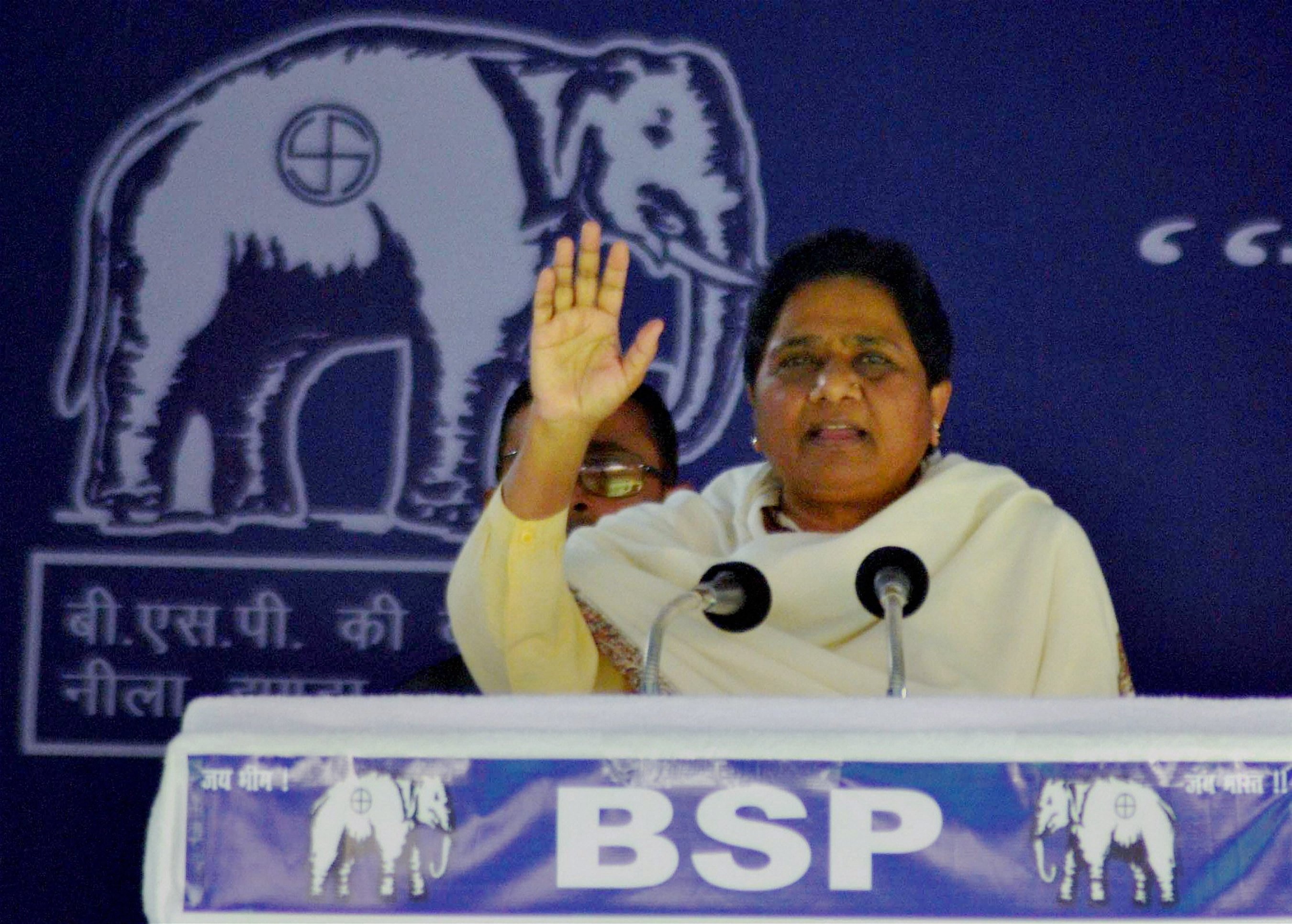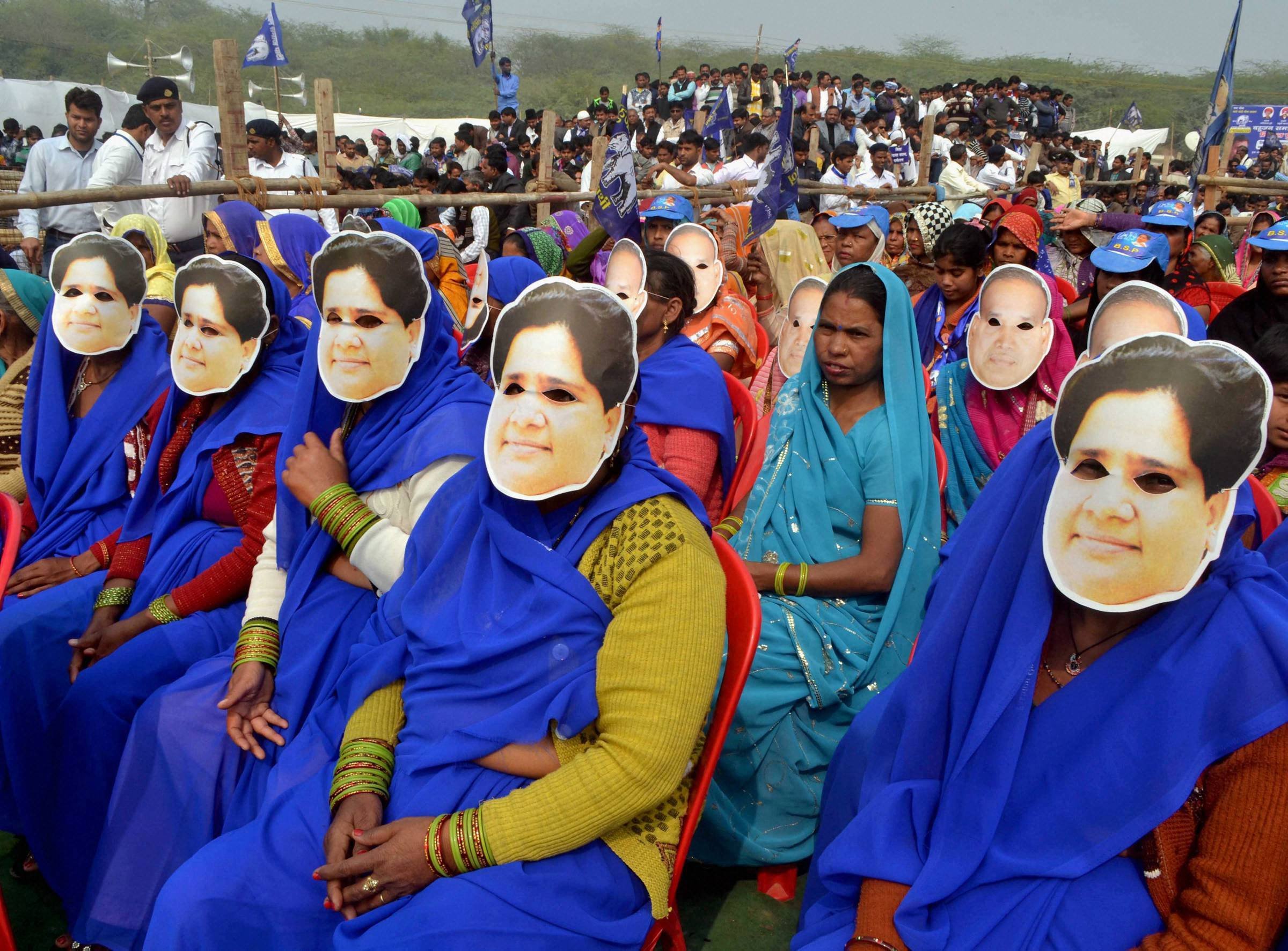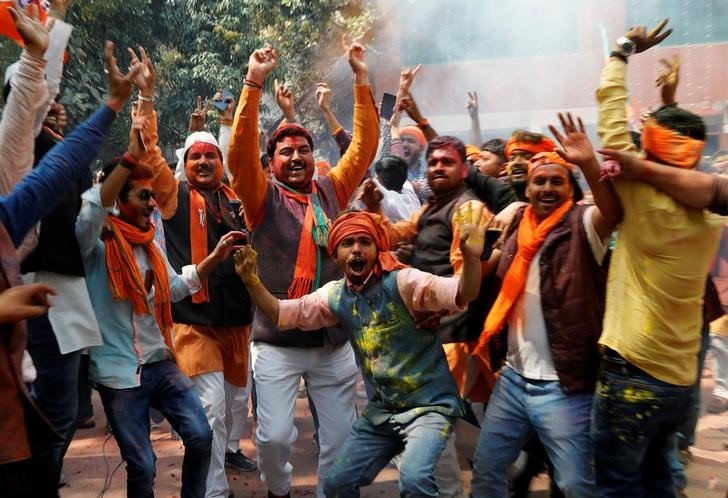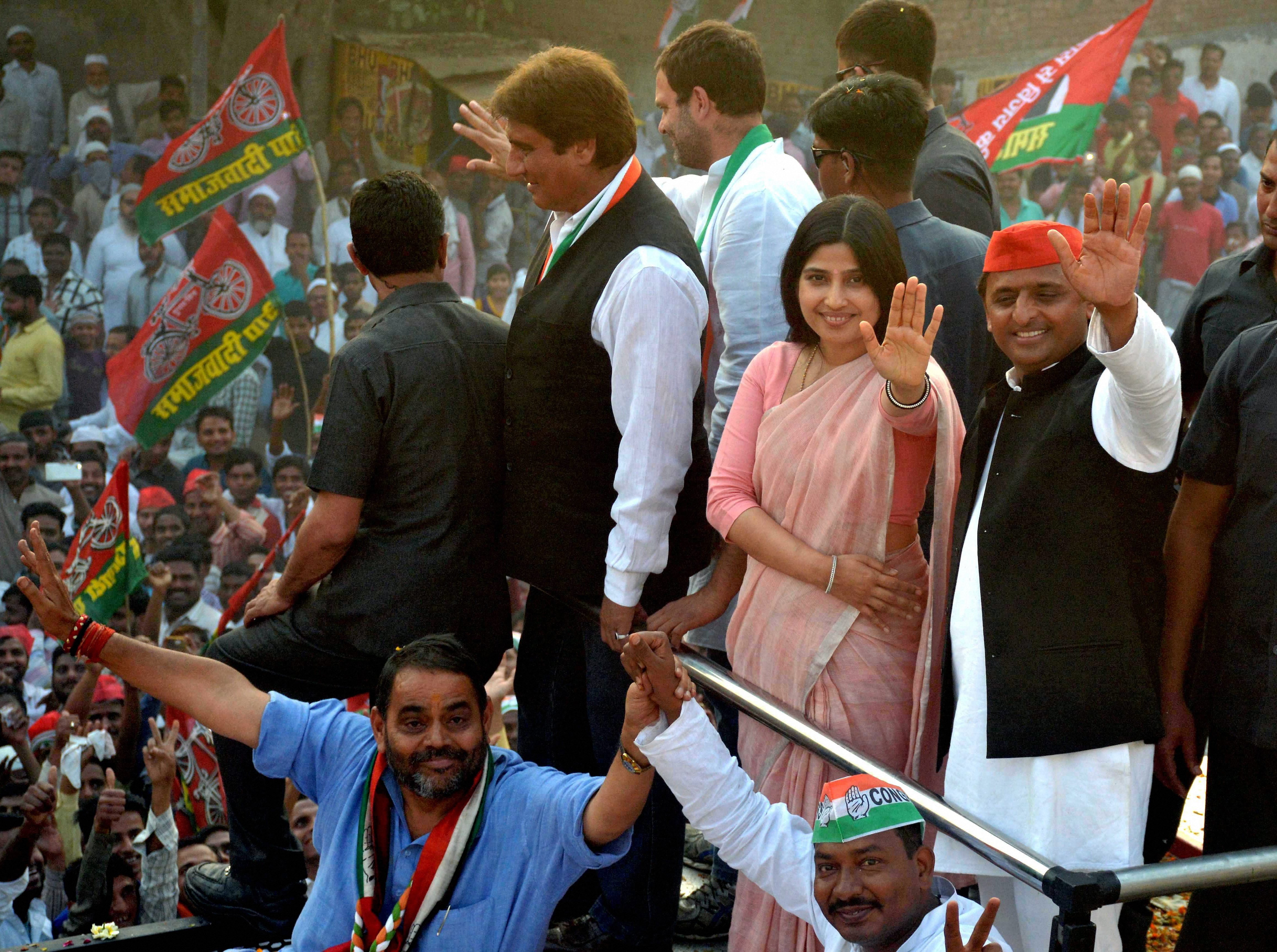Yes, the Bharatiya Janata Party (BJP) has won in Uttar Pradesh, and that too comfortably. They’re going to form the government in India’s biggest state. This has also set the ground for the party to slowly gain control of the Upper House of Parliament and, potentially, hold on to the state in the 2019 Lok Sabha elections.
But what was also telling was the loss of Mayawati’s Bahujan Samaj Party, which many had thought was a strong contender for the election. The party had seemed to be the best placed to capitalise on anti-incumbency in the state, but it crashed to a terrible defeat with the party chief claiming that electronic voting machines had been tampered with.

But if you set that aside, which the Election Commission is likely to, here are some of the biggest takeaways from the BSP’s loss
Backward castes and Muslims now don’t see too much wrong in voting for the BJP, at least in UP
Mayawati says there’s no way a Muslim or Dalit voter could vote for the BJP. The results clearly indicate that this might not be true. The BSP had the second highest vote share in the state, but as proven in many elections before, a good vote share doesn’t mean you win seats.
The BSP and Samajwadi Party have clearly seen an erosion of support from the traditional vote banks they cultivated and relied on. The SP has the excuse of anti-incumbency, given it was in power for the past five years and hasn’t been perceived to have delivered on its promises.

The BSP might still have some of its Dalit vote base intact but as this Indian Express analysis points out, without the backing of the Muslim or upper castes, the party is clearly in no position to call the shots even in its home state. If there is little chance of them coming to power, parties like the BSP could well see an erosion in their support base in the coming days.
‘Mahagatbandhan’ is best formula?
The BJP fell flat in Bihar as its opponents formed an umbrella alliance bringing together Nitish Kumar’s JD(U), Rashtriya Janata Dal and Congress. In Uttar Pradesh, the BJP faced an alliance of the Congress and Samajwadi Party, which has now emerged as the leading opposition party.
The BSP on the other hand had to fight it out alone with no backing and had to rely on its own machinations to take it to victory, which clearly wasn’t enough.

Clearly, unless you’re in a position of strength like Mamata Banerjee in West Bengal or Biju Janata Dal in Odisha, it’s not easy to hold your own against the BJP, which has decided it wants to win every election whether it is a state election or a non-traditional BJP-voting state. Mayawati might have had more of a say if she had someone to fill the gaps in its voter base, but the absence of an ally clearly showed. This is perhaps a lesson for all regional parties in the future.
Regional parties can at most hope to hold on to their home bases
The loss in Uttar Pradesh for the BSP shows that regional parties really can’t afford to dream much bigger than their home bases currently.

The Congress has already shown that it is a spent force nationally and can at best hope to hold its own in some states. The opposition in the 2019 elections might need to be a diverse mix of political parties that can swallow their pride, come together with a unified strategy and hope to stop the BJP from romping to victory again.
Otherwise as Omar Abdullah said, they’d better start preparing for 2024.
(All images sourced from PTI unless mentioned otherwise)

















